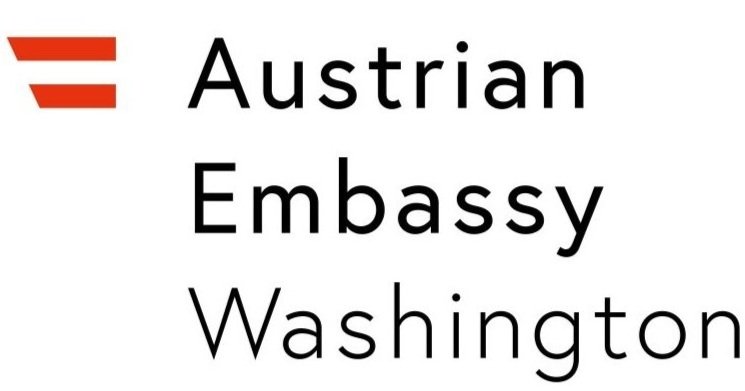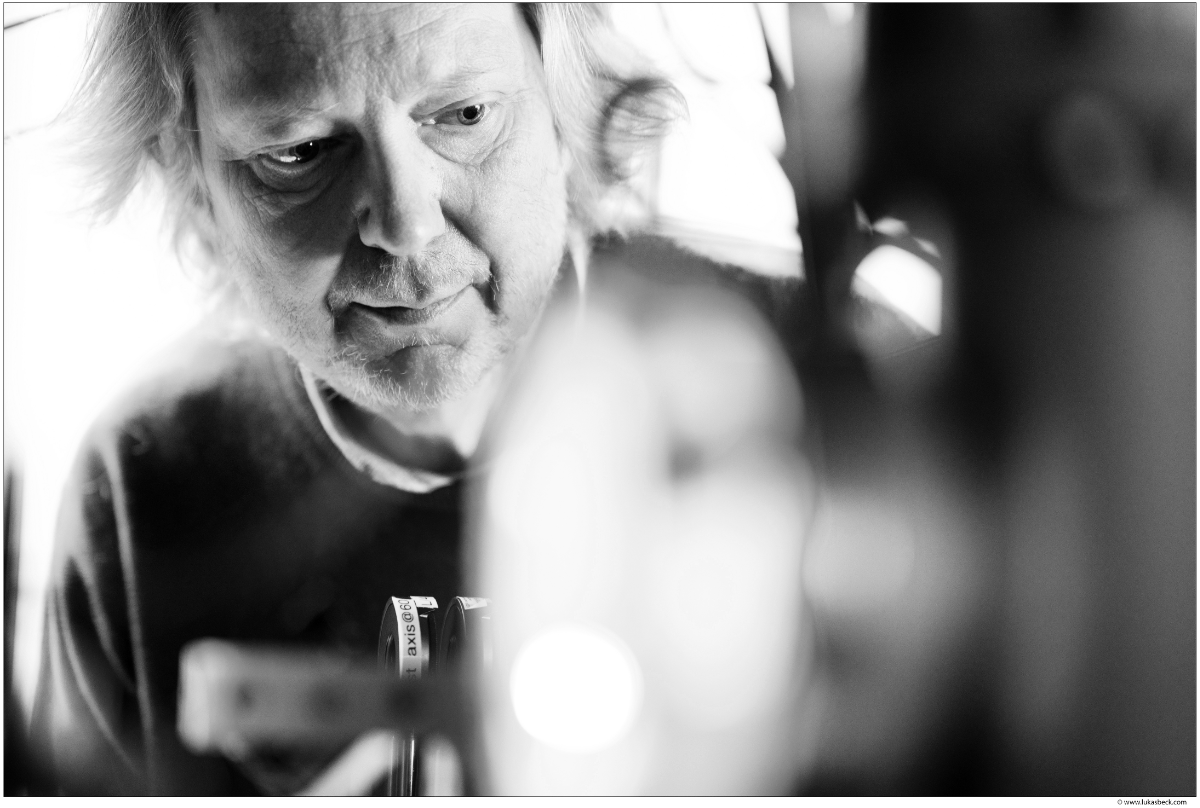Transatlantic Perspectives: Jörg Schmiedmayer
Jörg Schmiedmayer
You spent several years as a postdoctoral researcher and guest scientist in the USA. How did you experience your time in the USA? How was the collaboration with your American and international colleagues? How did you feel and perceive them and that collaboration?
I spent considerable time in OakRidge National Lab in Tennessee to conduct some experiments at their pulsed neutron source, and then close to 4 years, first at Harvard and then at MIT. Tennessee and Cambridge MA were completely different, which gave me some insight into the breadth of social environments in the USA. Even as a Jesuit-educated Viennese, the importance and partly dominance of religion in parts of the U.S. were a surprise for me.
On the other hand, the scientific environment was very open, inclusive and excellent in all these places. I felt very humbled by the welcoming attitude of even the most prominent scientists, which was in stark contrast to some experiences I had in Vienna, with some claiming excellence for themselves by not looking left or right. Especially in Cambridge MA, the community coming together from all over the world, where it did not matter where you came from, which science you were involved in, was very stimulating. Who is ‘American’ and who is ‘International’ never came up. In the science the drive for new knowledge and understanding was very contagious, especially in our field of matter wave interferometry, ultra-cold atoms and quantum physics, which was just starting it amazing development which lasted now for > 30 years.
Especially during my time at Harvard and MIT I found many friends from all over the world, with many of them I am still in close contact, privately and in science collaboration. For me my time in the US was definitively formative for my way I see science and how I see universities and teaching.
Has this changed in your eyes recently?
Science was always very competitive, but it was a-political then. In the cycle of my friends and collaborators not much has changed, except that we are now all 30 years older, but in our of topic discussions politics and the effect of politics on science comes up much more often than it used to.
How do you rate scientific cooperation between Austria and the USA? What examples can you think of?
For me collaboration was always very personal, with specific scientists and their postdocs and PhD students. I was never a fan of collaboration organized by large institutions/groups.
What are the strengths and weaknesses in the quantum sciences in the USA and Austria? Can they complement each other or learn from each other?
The US has a clear advantage when it comes to concentrated efforts to push specific directions. The focused efforts, and the clear targets push the development towards ‘useful’ outcomes. The close connection between science, development, technology and (start-up) companies creates thereby an environment that is much more encouraging to transfer basic science towards products. On the other hand picking the ‘winners’ and then stopping them if they seem to stall can be very harsh.
In Austrian quantum science fundamental and deep understanding has a higher standing. Even though the environment is changing, especially with the large number of excellent Quantum Start-ups emerging in Austria.
What would you like to see in transatlantic cooperation?
Less politics 😊
Jörg Schmiedmayer Bio
Jörg Schmiedmayer studied physics at the Vienna University of Technology and astronomy at the University of Vienna. His diploma thesis took him to CERN, where he continued to work on experiments for about a year. For his doctoral thesis in experimental physics, he returned to Vienna and received his PhD in 1988 under Helmut Rauch. Afterwards, science took him to the USA for several years. There, he first worked at the Oak Ridge National Lab, then as a postdoc and guest scientist at Harvard University and MIT, transitioning from high-energy and nuclear physics to matter-wave interferometry and quantum physics.
In 1993, he accepted an invitation from A. Zeilnger to join the University of Innsbruck, where he developed the manipulation of ultracold atoms with nanofabricated circuits, now known as atom chips. In 2000, he accepted a Professorship at the University of Heidelberg, where his research group further developed AtomChips and applied them to a series of quantum gas experiments. As a second research program, together with his postdoc (and then junior group leader) JianWei PAN, he developed the science to employ ensembles of trapped ultracold atoms as Atom-Photon hybrid systems for single photon sources, quantum communication protocols and quantum repeaters. In 2006, he returned to the TU-Wien where he and his research group are currently investigating (i) many body quantum systems as quantum simulators for quantum field theories and out of equilibrium quantum physics, and (ii) hybrid quantum systems of spins coupled to superconducting circuits. Jörg Schmiedmayer received among others the Wittgenstein Preis (for AtomChip) and two ERC AdG. He is a full member of the ÖAW and a board member of the Excellence Cluster: Quantum Science Austria (quantA).

